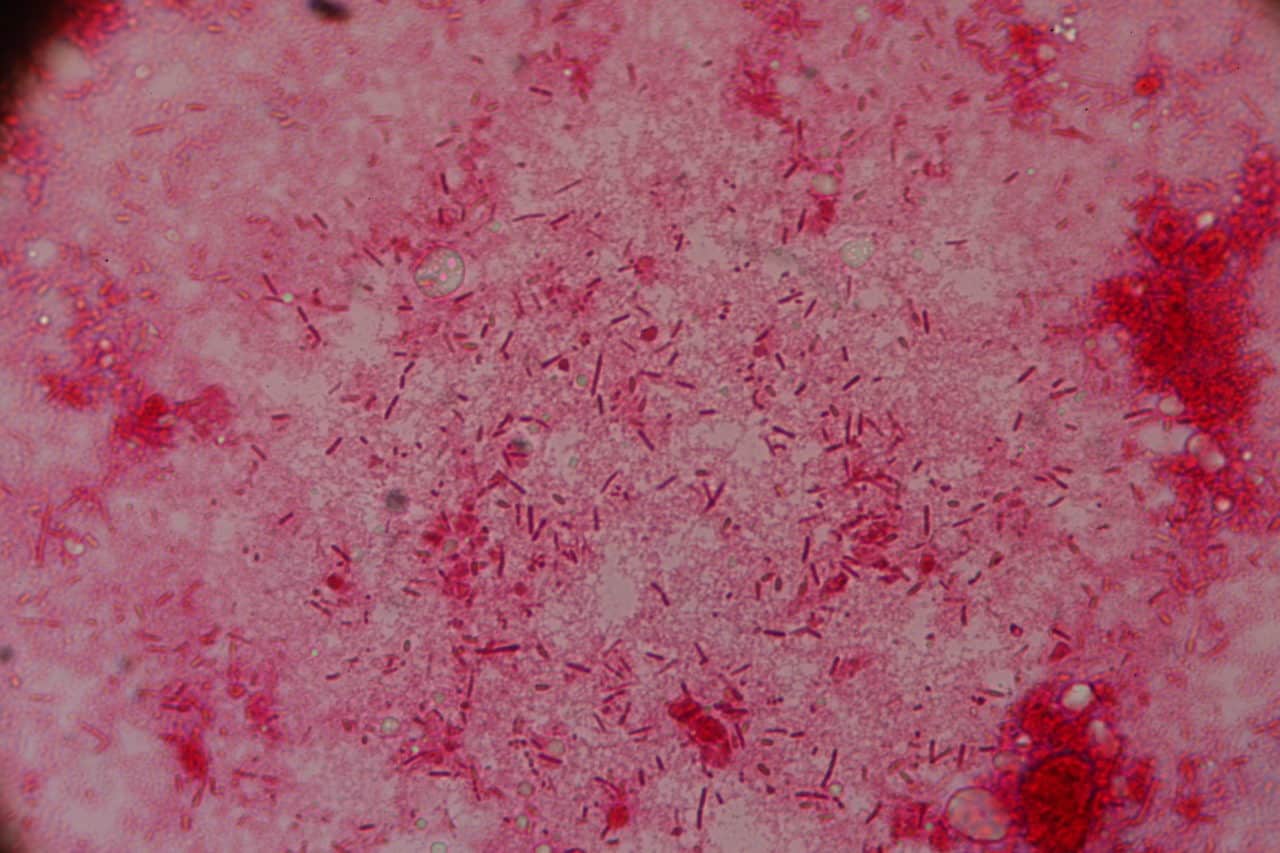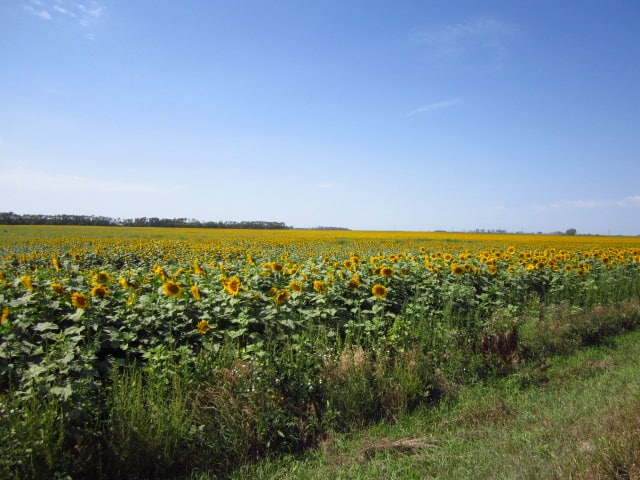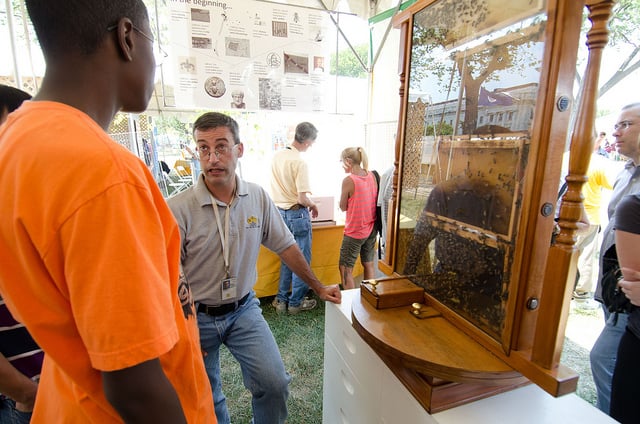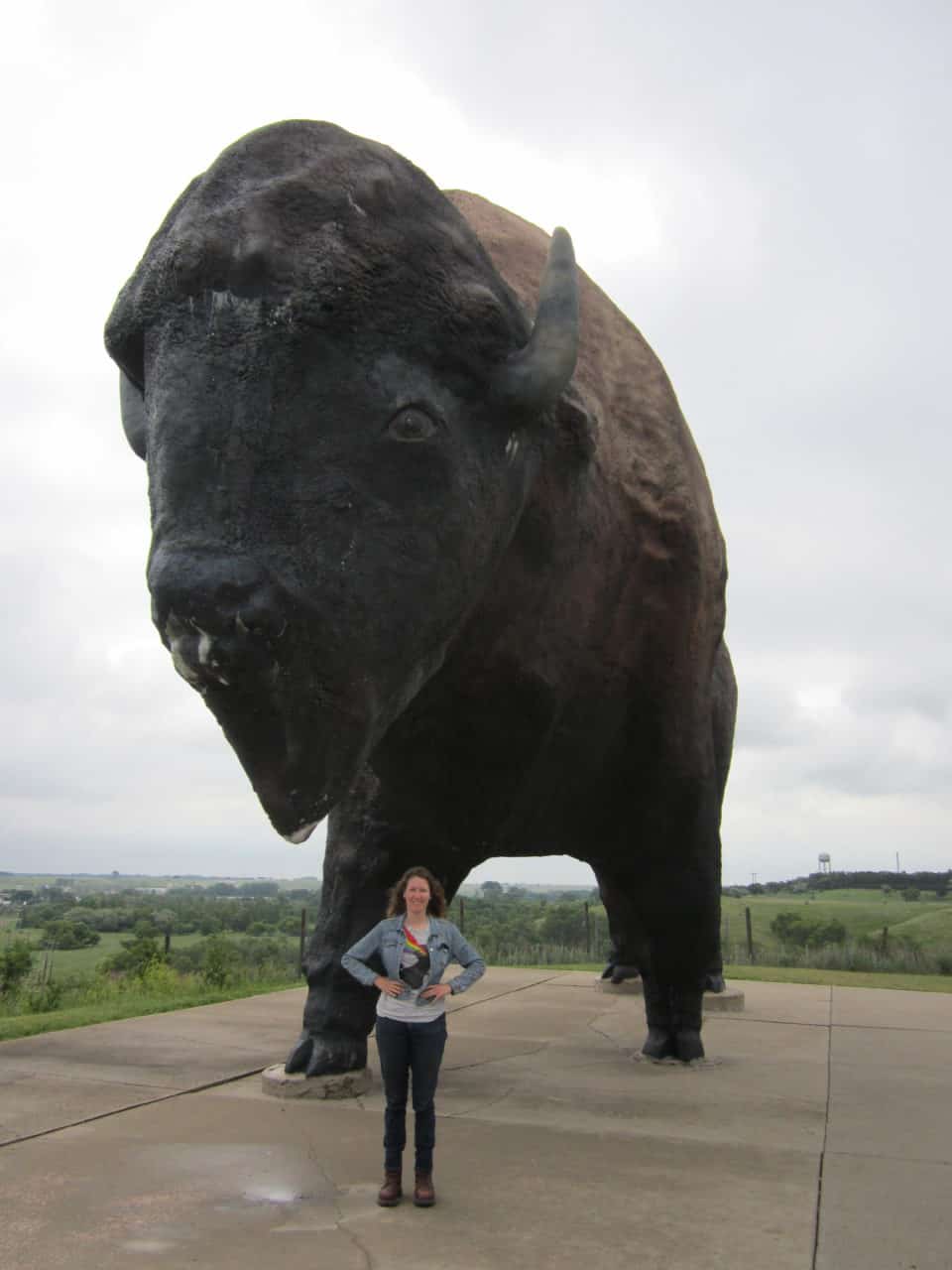Examining Bacteria From Colonies with Foulbrood Symptoms
Microscopy is a useful tool to diagnose honey bee problems. While working on some content for eXtension.org, I helped record the following video. These bacterial spores where found in a comb showing symptoms of American foulbrood disease. Paenibacillus larvae With Brownian Motion From a Honey Bee Colony Video description: Spores of the causative agent of […]



